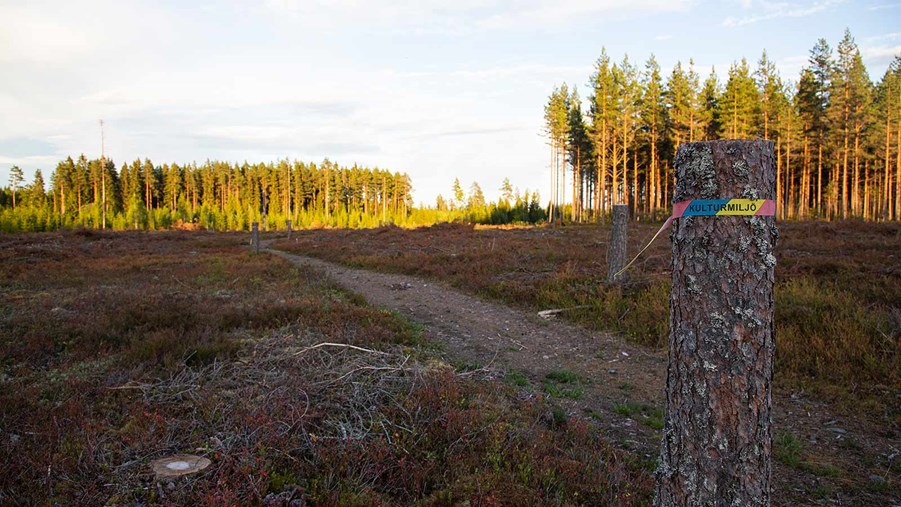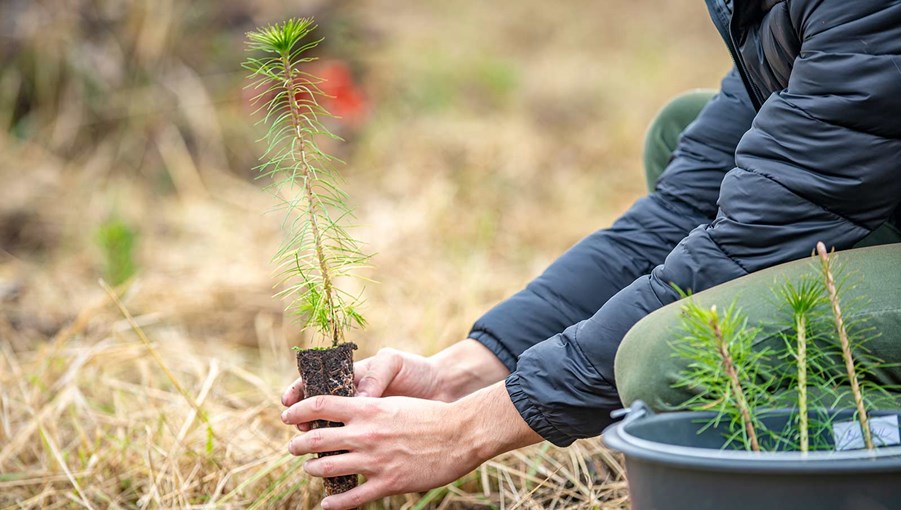
Why are there clearcuts in the Swedish forests?
In Sweden, many forest owners choose to apply even-aged forest management with clearcuts and tree retention because it is the silvicultural method that is most effective when it comes to making trees grow fast and hence produce more wood. More wood means more renewable products that are good for the country’s economy and for the climate. Since the forest is to be used as an economic asset for the whole country, as stated in the first paragraph of the Forestry Act, there is a broad consensus between the forestry sector, the authorities, and policy-makers that even-aged forestry with clearcuts and retention is often the most suitable silvicultural method in Sweden.
Are there any other forms of forest management beyond even-aged forestry with retention?
The forest owner is free to choose which silvicultural system to use, i.e., how to manage the forest, within the frameworks established by legislation. Different forest owners have different objectives and goals for their forests. Different forms of continuous cover forestry, without clearcuts, can be applied to achieve certain objectives and when various values require special attention and care. For example, to maintain or enhance recreational values close to residential areas, to preserve biotopes with epiphytic lichens that are important for reindeer husbandry, or to favour certain types of mycorrhizal fungi.
We are curious and generally keen to learn more about continuous cover forestry. There is limited research in this field, but the general picture at present is that continuous cover forestry results in lower wood production and a lower level of carbon capture. Continuous cover forestry is not always better than evenaged forestry when it comes to biodiversity either. Several aspects need to be considered when deciding on the ideal method for each individual forest area and the prerequisites for forest management vary between different parts of the country.
How large is a clearcut?
According to the Swedish Forest Agency’s annual statistics for 2019, the average Swedish clearcut measures 3.6 hectares. Clearcuts in southern Sweden are generally smaller than those in the northern parts of the country.
Why are trees and high stumps left on clearcuts?
Clearcuts may look messy, but for a good reason. For example, leaving stumps that measure 2–4 metres in height is a way of increasing the amount of dead wood in the forest. Dead wood is important for many insects and other organisms and is one of the components that used to be more common in unmanaged forests.
Groups of trees are left unfelled to protect many different species and to make the harvested area feel less bare. They provide an important place of refuge for species as the new forest grows. In a certified forest, at least 10 trees per hectare are left on the felled area and there are rules that determine how large an area can be left without any trees at all. Trees and wood are also left on the ground to decay slowly and create habitats for different insects, larvae, lichens, mosses, fungi etc., that are dependent on wood in varying stages of decay.

